The body needs iron. After all, every cell in the body contains iron and uses this important nutrient to help transport oxygen from the blood to the tissues and lungs. If iron levels are not optimal, cells will not receive enough oxygen and a person can become anemic.
Not having adequate iron intake can also make you feel lethargic, dizzy and sluggish. And that's not the way you want to feel all day! The human body cannot produce iron, so you must rely on food sources to get enough of the important element.
Benefits of iron
Iron is extremely important and necessary for health. In the article lines, we will consider what are its main advantages:
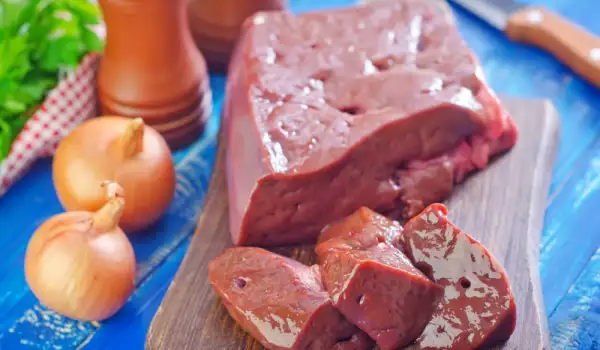
1. Increases the formation of hemoglobin - the main function of iron is to support the formation of hemoglobin. This is especially important for women who are more at risk of anemia.
2. Carries oxygen - one of the most important health benefits iron provides. Oxygen is necessary for absolutely all organs to perform their functions normally.
3. Regulates temperature - iron is a key element in regulating body temperature. Keeping the temperature within stable limits means that metabolic and enzyme functions are carried out optimally in the best environment.
4. Helps against chronic diseases - iron helps to relieve a number of chronic problems such as anemia and kidney failure, as well as some diseases of the excretory and intestinal system.
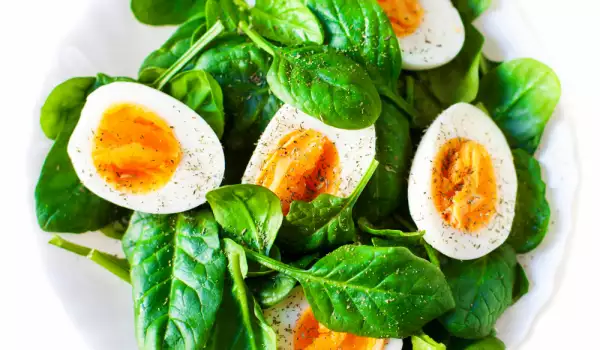
5. Against restless legs syndrome - iron deficiency in the body is one of the reasons for the development of this syndrome. Adequate intake of iron in the form of a dietary supplement helps alleviate the condition. Of course, a doctor should be consulted. One of the symptoms of iron deficiency is muscle cramps, so don't ignore them.
The good news is that iron occurs naturally in many food sources, so you can get all you need through a well-balanced diet. If you are aiming for an iron-rich diet, read about best sources of iron below, being informed beforehand that the recommended daily intake of the important mineral is 18 mg.
Organ meat
It may not be to everyone's taste, but organ meats are the best source of iron. In the top three are the meat from liver, heart and kidneys. 100 grams of lamb kidneys provide you with 58% of the iron you need for the day, beef kidneys - 27% and pork kidneys - 25%. 100 grams of beef liver provides you with 59% of the daily iron intake you need and lamb liver with 48%.
Seafood
Many types of seafood are rich in iron, so if they're a regular part of your diet, you're in luck. They are extremely tasty and can be cooked in a variety of ways. From soups and stews to salads and pasta, seafood is at the heart of haute cuisine, but you can also make a sandwich or taco with it. Just one hundred grams of sardines provide 50% of the required daily intake of iron. One hundred grams of octopus supply 52% of the iron needed for the day and the same amount of mussels - 39%.
Spinach and other green leafy vegetables
Green vegetables are an excellent source of iron, which isn't of animal origin. This form of iron is not as easily absorbed by the body, however. So if your goal is to get iron mainly from vegetables, you need to eat a lot and a variety to make sure you're getting enough. Fortunately, it won't be difficult, because you have a wide choice. Half a cup of boiled spinach contains 18% of your iron needs for the day, 100 grams of kale provides you with 9% and half a cup of broccoli provides 3%.
Tomato puree
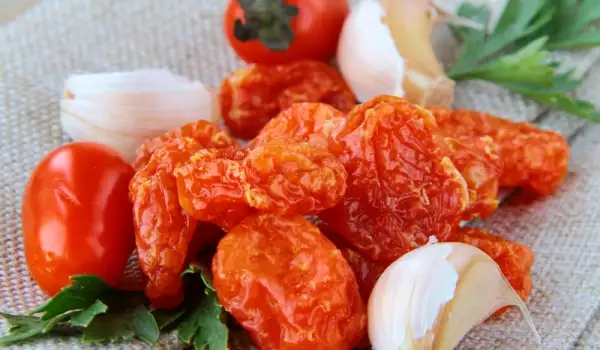
While raw tomatoes are not high in iron, tomato puree and dried tomatoes that are concentrated contain enough. A cup of tomato puree, for example, has 4.45 mg of iron, which is almost 25% of the required intake for the day. Use the puree as a base for pasta sauce, stews or curries. If you like sun-dried tomatoes, half a cup of them has 2.5 mg of iron, or 14% of your daily intake.
A few unexpected sources of iron
Mulberry fruit have a strong sweet-sour taste and can be made into jellies, puddings or marmalades. One cup of this fruit can give you 2.59 mg or 14.3% of the daily intake of iron. Dark chocolate is another good source of the mineral. Just 25 grams of it (at least 59% cocoa) provides 20% of the daily intake of iron. Fresh potatoes with their skins can supply you with about 18% of your iron requirement for the day.
Be careful with some foods
Even if iron-rich foods are consumed, sometimes a deficiency of the mineral can be observed. This is due to foods that make iron absorption worse. These are products with phytic acid and we can find the brightest representative in the face of wheat flour. It impairs iron absorption by up to 75%.
The next enemy of proper iron absorption is the polyphenols in green tea. Although this type of tea is extremely beneficial in other aspects, in terms of iron it is among the most harmful ingredients.
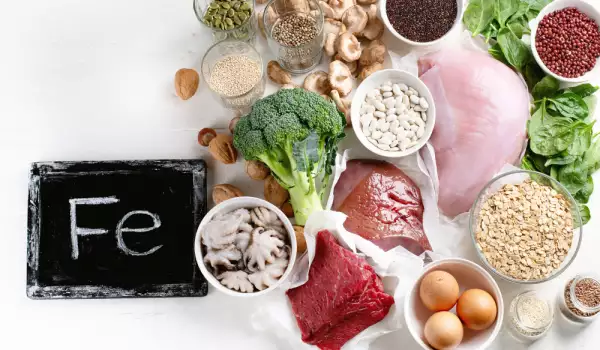



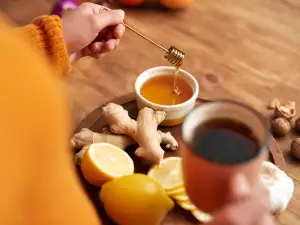

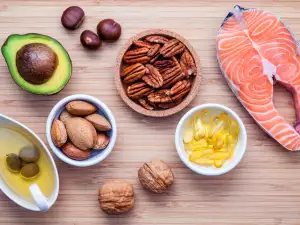
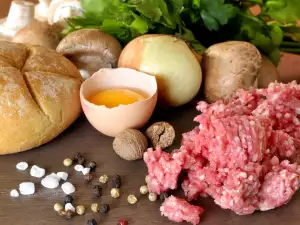
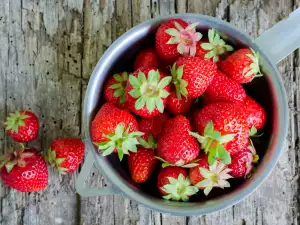
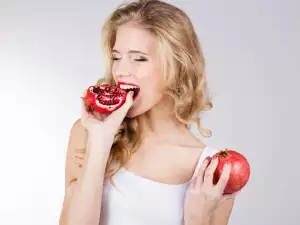

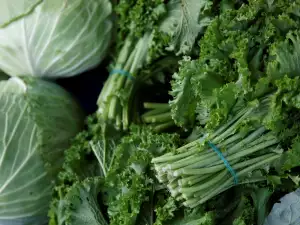
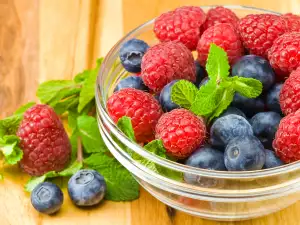

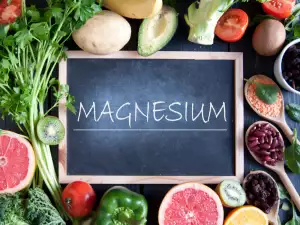
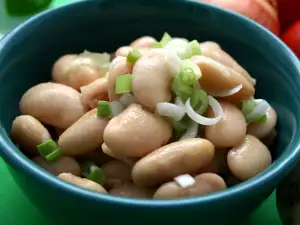




Comments